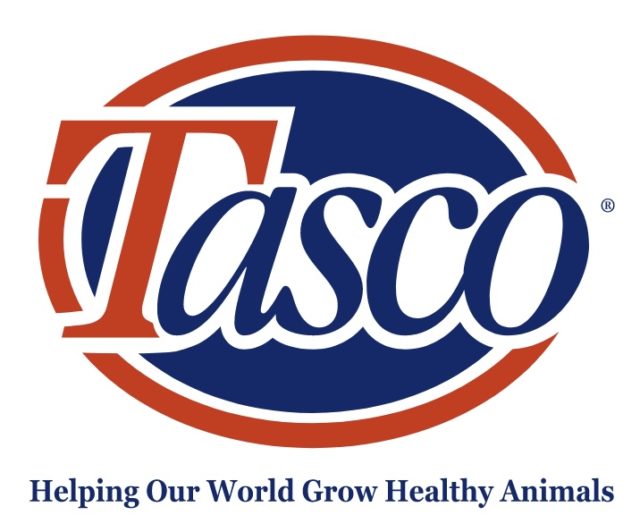In my last column for Progressive Dairyman, I discussed how lower SCC limits are being put in place by processors and how the system of premiums for quality milk is potentially going to be replaced by an expectation of quality milk.
The goal of that discussion was to advocate for higher-quality milk across the board because we’ve proven as an industry we can do it. There is no reason American dairy producers can’t be the global leaders when it comes to milk quality.
But there are more practical and immediate reasons why we should produce a high-quality product, and these reasons center around an audience that makes decisions that affect our industry every day. I’m talking about consumers.
It’s no secret that fluid milk sales in the U.S. are in a slow but steady decline. There are myriad reasons for this sales drop, from increasing competition in the beverage aisle to growing societal concerns about fat content and calorie counts.
Consumers aren’t buying milk like they used to, so retaining those who do purchase our products is more important than ever before. And that means providing them with a product they can count on.
A single bad experience can turn a consumer off of milk for a long time. A single gallon that tastes or smells funny, expires before the date on the container or has gone sour before the seal is ever broken on the cap is a product that can cost our industry hundreds of gallons per year.
That’s not a cost we can afford in this market. However, by consistently producing a high-quality product, it’s a cost we can prevent.
A recent study by Purdue University showed that product expiration date was the second-largest concern for consumers purchasing meat, eggs or milk. Only price ranked higher. Expiration date is a factor that we’ve proven as an industry we can control.
Simply put, if we produce a product with lower somatic cell counts, we produce a product that features a longer shelf life. And this is the second-most important factor influencing the consumer’s decision to buy.
A 14-day expiration date for milk was once considered an impossibility, and today it’s the industry average. So, again, we’ve proven we can do it. Why don’t we do it more consistently, for our own good?
The most obvious answer is cost. It’s perceived that it may cost us a little more up-front to consistently produce milk that caters to the desire of the consumer.
Then again, it may not, because the costs associated with keeping cows healthy and equipment clean and sanitary are generally trumped by better efficiency throughout the dairy.
Regardless, the long-term industry benefits of better milk quality should offset any potential costs because consumers have proven they will pay for a product they perceive as healthy. Just look at the bottled water industry, for example.
Many popular water brands cost consumers more than $5 per gallon, yet domestic bottled water sales continue to rise (9.1 billion gallons in 2011, a 4.1 percent increase from the previous year).
This fact tells us that consumers are more than willing to pay a premium price for a product they perceive as having higher quality, even if they can get the same product virtually for free out of the tap. There’s no tap for milk, and there is no reason to think consumers won’t pay for milk they can trust.
Another recent study by Purdue found that consumers were willing to pay price premiums for fluid milk they believed was produced locally, without recombinant bovine somatotropin (rBST) or was considered “safe.”
Consumers have more resources than ever to educate themselves about the products they put into their body, and this study proves they’re willing to learn and subsequently pay for a quality product.
Unfortunately, the consumer often has no way of deciphering science-based truth from agenda-driven fiction.
While it’s important for our industry to try and control the information about our product, a more direct solution to the information problem is to consistently supply a high-quality product consumers will trust, regardless of the information available to them.
As I’ve discussed before, we’ve proven as an industry we can deliver milk with SCC of well under 300,000 cells per ml. The majority of our dairymen place their own premium on quality and strive to consistently reach these lower levels.
But because one bad apple can spoil a bunch, everyone must do their part. It only takes one “bad” producer to give the entire industry a bad name.
The bottom line when it comes to milk quality is that we are producing something people consume. Whether there are incentives for high quality or penalties for low quality, the fact that people are putting our products into their bodies should be the overriding determination when it comes to the product we deliver.
It’s the consumers’ right to be able to purchase healthy milk, and they trust the dairy industry to deliver a product they can trust. In turn, we must trust the consumer to recognize quality. That trust will lead to long-term rewards for everyone.




